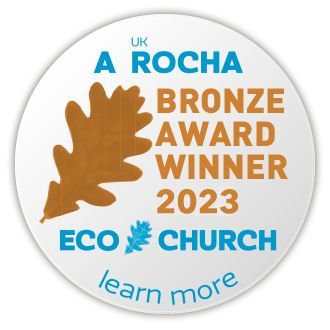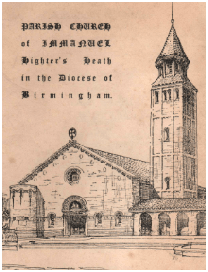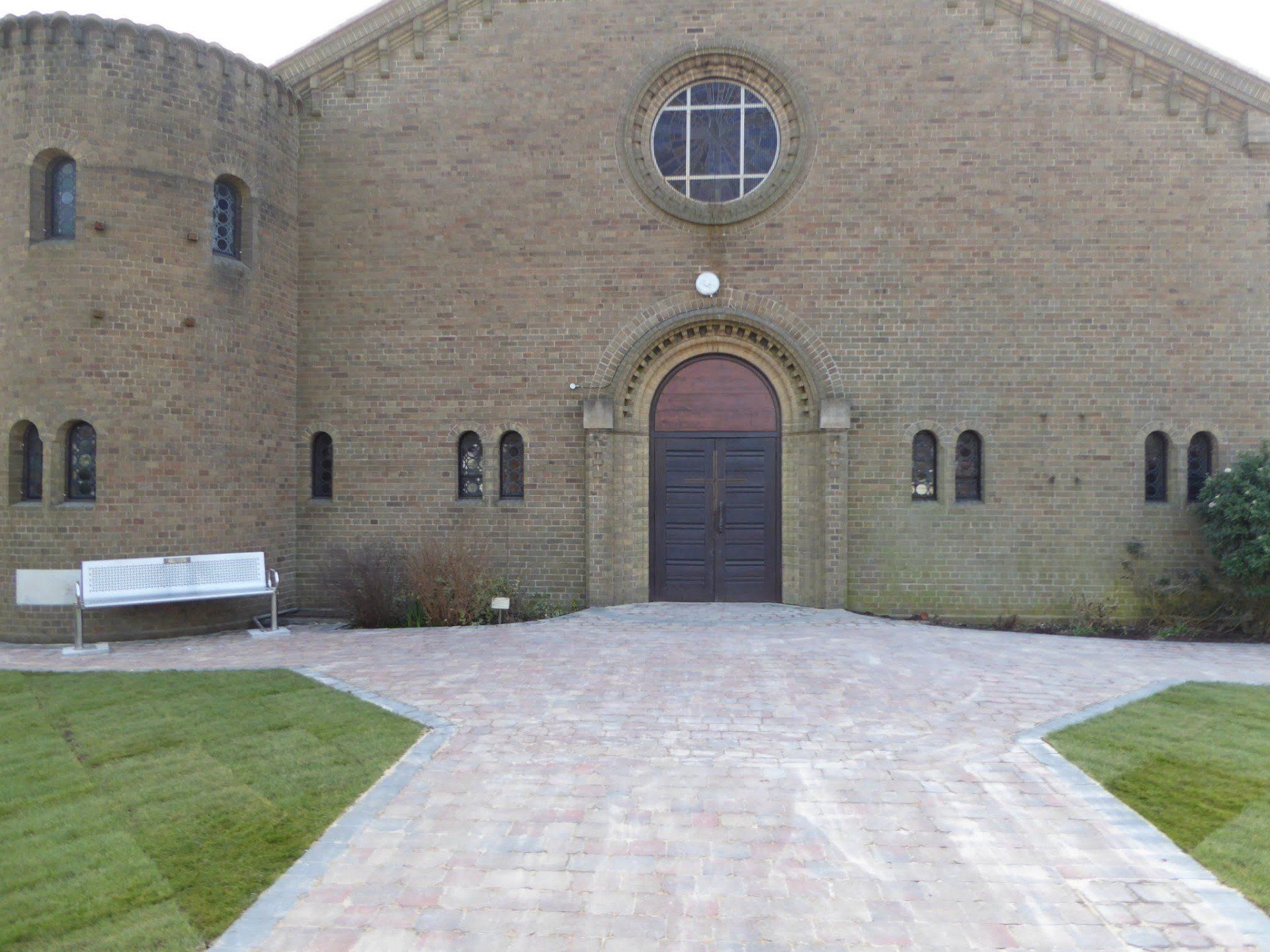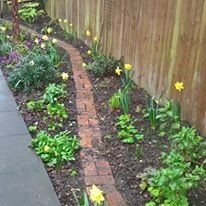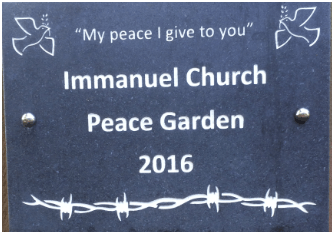At the end of the First World War the Maypole / Highters Heath area was very much a rural area, lying outside the City of Birmingham boundary. However, the war had brought more industry to Birmingham and with it an inflow of population. Consequently, in the 1920's Birmingham was compelled to push out its boundaries and the city boundary was placed at the Maypole.
At this time, there was a small community centred on the crossroads where Druids Lane, coming from the west, met the Alcester Road. There was at one time a 'maypole' erected at the crossroads, but this had disappeared many years earlier. There was a timber yard on one corner and a smithy on another, which was kept busy shoeing farm horses and repairing agricultural equipment.
Quite soon a large estate was built to the east of the Alcester Road. The great proportion of the land to the west belonged to Cadbury and the Monyhull Colony and was later declared a green belt area. People began to move in and a bus service was established with its terminus at the crossroads, as the corporation trams only ran as far as Alcester Lanes End. The area on which this estate was built was then in the parish of Christ Church, Yardley Wood; the west side of the Alcester Road being in the parish of Kings Norton.
It was soon apparent that Yardley Wood church could not cope with the large number of people who were now living in the area, so that in the early 1930's the Bishop and the Diocesan authorities decided to create a new parish to be called 'Highters Heath' and to build a new church.
A plot of land was acquired in Highters Heath Lane large enough to accommodate the church, the hall and the Vicarage. Plans were drawn up in 1937. The new Parish came into existence separate from Yardley Wood on 26 March 1938, when the Church Hall was dedicated by the Bishop of Birmingham. Reverend Gilbert Cope became the first Vicar (initially Priest in Charge) at Immanuel being appointed in 1938. At that time the church building was not built. Instead church services were held in the church hall. The foundation stone of the church building was laid on 13th May 1939 by G. Dawson Collins J.P. The cost of the building was £5,500.00 with a sum being granted by the Bishop's Appeal Fund to complete the first phase of building.
However, with the start of the Second World War building work was delayed and when the nave was completed in 1940 a temporary wooden wall and a small wooden vestry were erected at the east end. The nave was consecrated by the Bishop of Birmingham, Ernest Barnes on Saturday 25th May 1940 and Immanuel Parish Church was in being. Essential furnishings were generously provided by local churches and a modest sum was borrowed to purchase other requisites such as curtains and cupboards.
Later in 1965, the Sanctuary, Chancel, Lady Chapel, Vestries and Choir Gallery were added at a cost of £19,164.00. The Vicarage was completed in 1963.
In August 1987, an appeal was launched to raise the sum of £350 to complete the gardens at the front of the church as they are today.
Ongoing maintenance of the church continued over the years, with an inspection of the church building carried out every five years and a report presented to the church. The in-depth report identified any work required on the building; prioritising the main areas.
The Story behind the Refurbishment of the Church
Winifred Hemming died in 1998 at the age of 98 years. She had been a life long member of Immanuel Church. In her Will she left a legacy to the church. Using part of the legacy, the stained glass window in between the church and the Lady Chapel was placed there in her memory.
Reverend Eve Pitts (now Canon Eve Pitts) arrived in the middle of 1998. Shortly afterwards she suggested the possibility of refurbishing the Church. It was the sum remaining from Winifred Hemming's legacy which effectively gave the fund raising its starting point.
After many meetings and discussions in October 1999 the Diamond Jubilee Account was opened. This was the account which would fund the refurbishment.
The following year 2000 was the 60th Anniversary of the consecration of the Church and the opportunity was taken to launch a major Parish Appeal when letters were sent to every house and business in the Parish. There was a generous response to the appeal letter from across the Parish.
In addition, we organised a variety of events to raise funds.
Reverend Canon Eve was very keen to take a lead in the events.
- She undertook a sponsored walk from our Church in Birmingham to Canterbury.
- She was sponsored for events which included dancing for 12 hours, keeping silent for 24 hours and not eating for 24 hours. She also slept on the roof of the Lady Chapel and then in the grounds. In addition, others joined her to sleep in the church overnight.
- Open garden events when we paid to visit beautiful gardens
- Coffee mornings
- Indoor car boot sale
- A hymn marathon in church
- We had a hat Sunday when everyone wore a hat for the Sunday morning service
- A special tea towel was designed and sold
We were also fortunate to receive two separate grants totalling £7,000 from the Birmingham Diocese. In order to ensure cash flow, with the assistance of the Diocese, the Church had two loans, repayable over a period of 5 years. This aside, all work on the Church was paid for from monies raised and from our own resources.
The refurbishment work included a new roof, central heating boiler, replacement windows, a new sound system, replacement lighting, major treatment to the oak flooring and finally redecoration of the Church.
The project took almost 10 years to complete at a cost of £213,000.
Events of 2016
During 2016 the front path to the church was replaced to include a gradual slope to the front door. This required the removal of the two semi-circular steps to allow improved access at the front door of the church.
